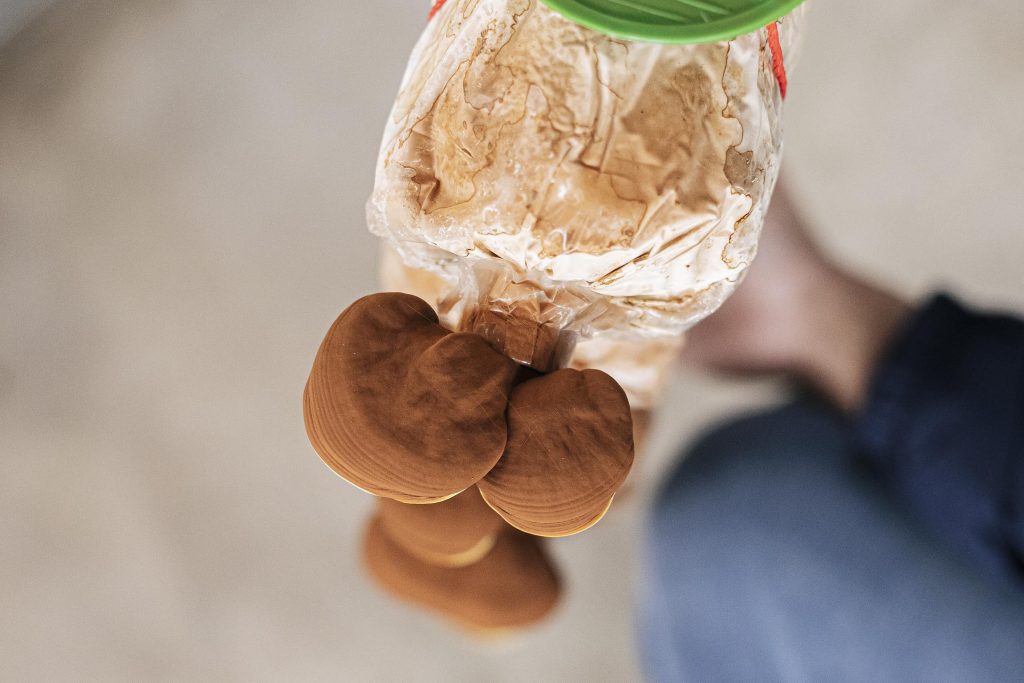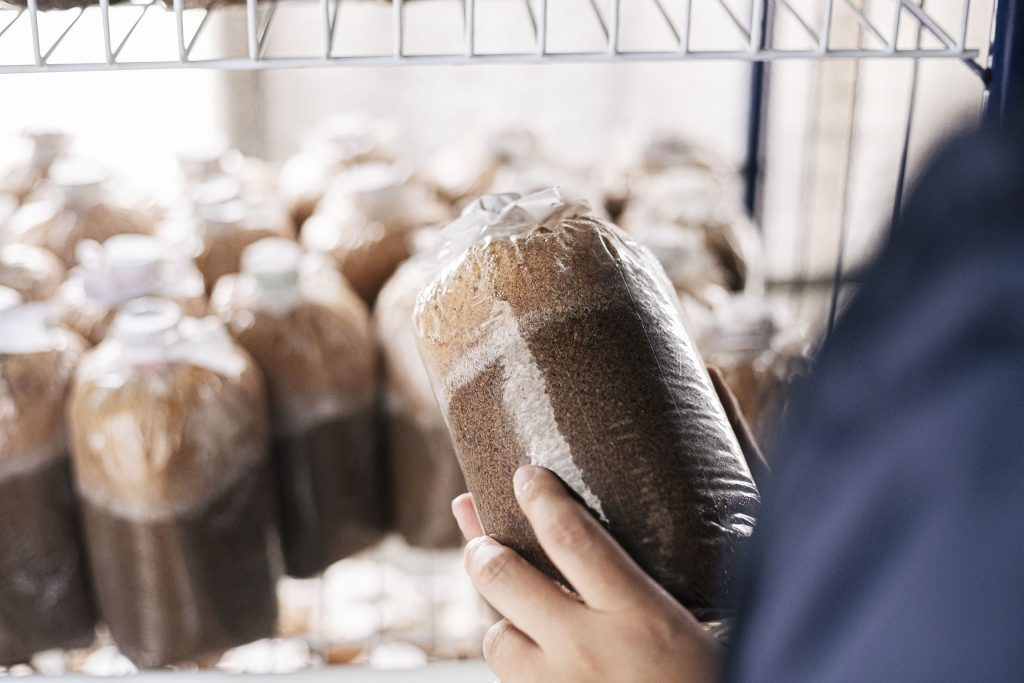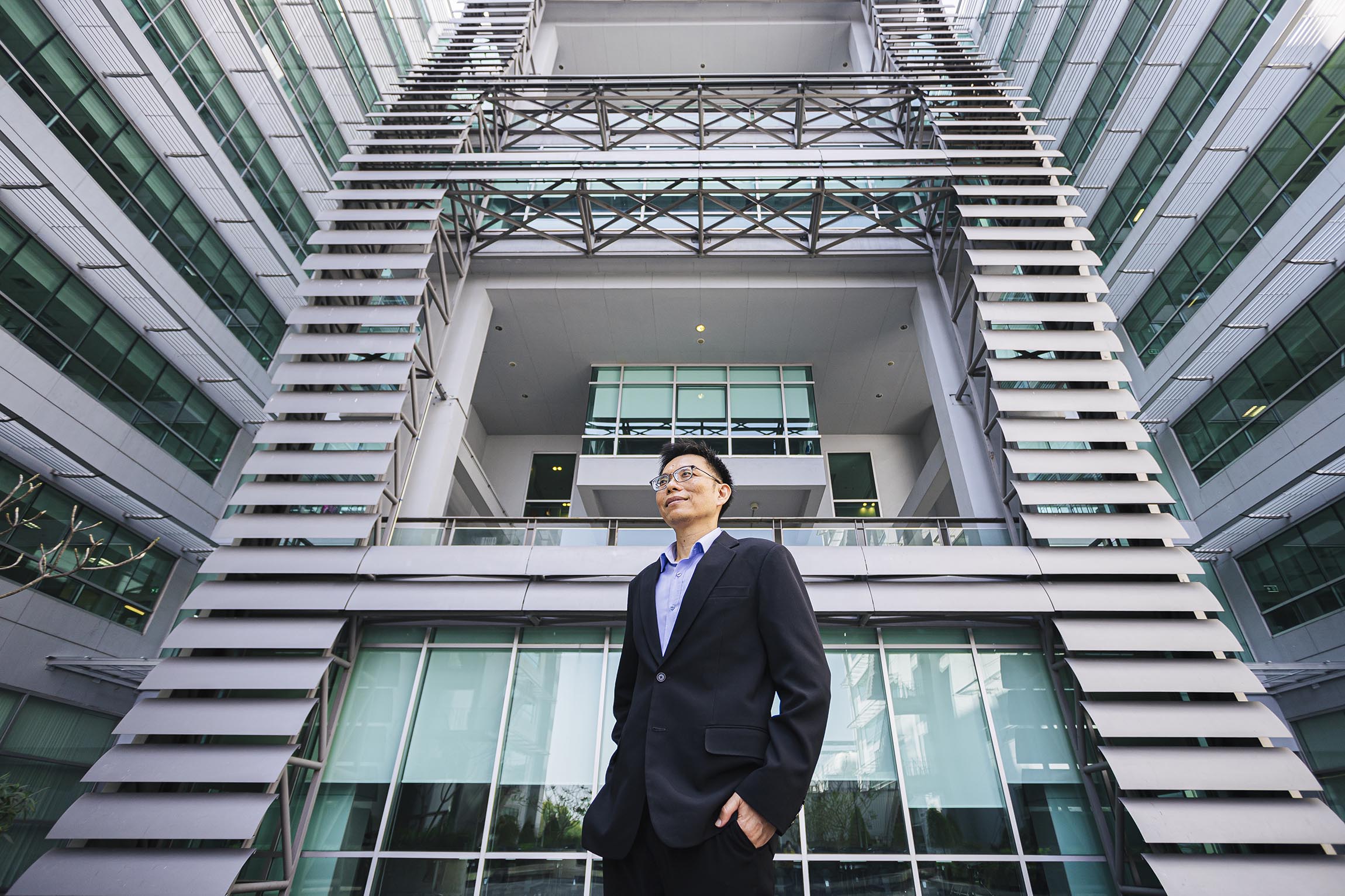- Through a joint research project between dtac, NECTEC and Chaipattana Foundation, Lingzhi mushrooms herald massive benefits for Thailand’s future
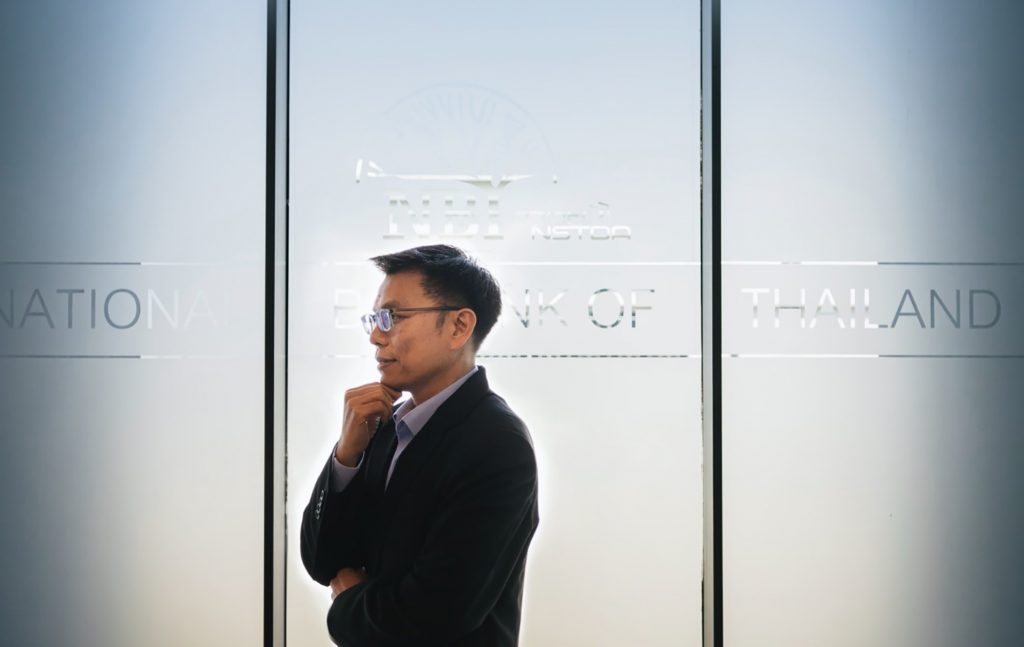
Thailand ranks among the world’s richest countries in terms of biodiversity. In ASEAN, it is the third-most biodiverse. Around 10% of the world’s fauna species can be found here, as well as 8% of all flora species. In fact, at least 20,000 plant types are known to grow on Thai soil.
But during the past five decades, the rate of species extinction has been hundreds of times higher than the rate of species discovery. This net loss is due to human encroachment, habitat loss, natural disasters and climate change. Recognizing this problem, dtacblog spoke to Sissades Thongsima, CEO of the National Biobank of Thailand. His agency is in charge of protecting what he likes to call “the country’s bio-security.”
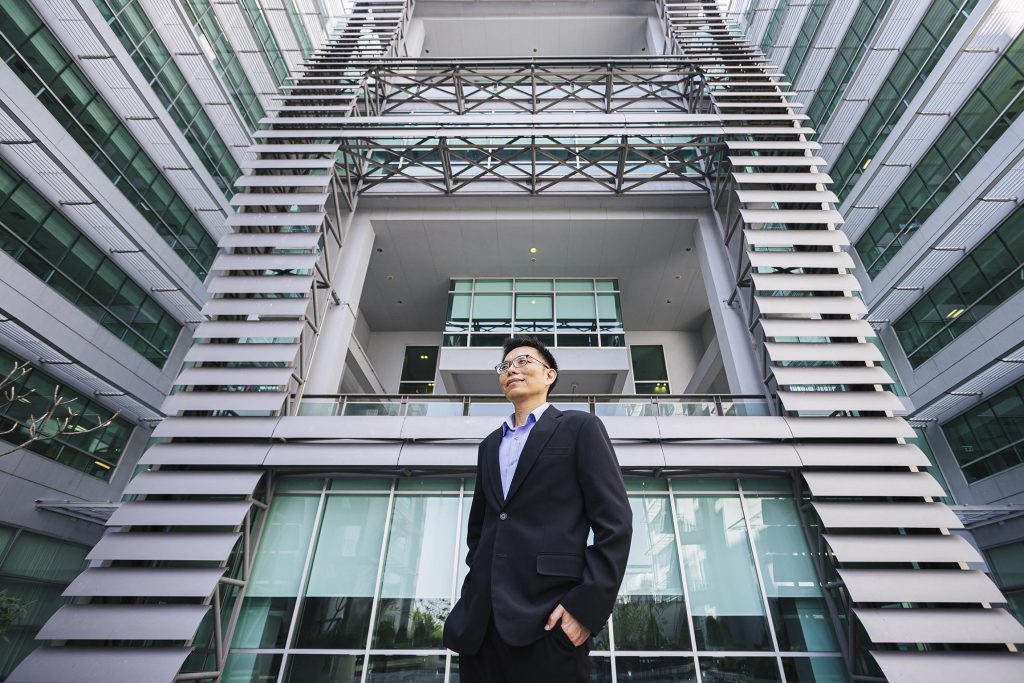
National Infrastructure for Biodiversity
Dr. Sissades said that the biodiversity of fauna/flora species and microorganisms has historically been one of Thailand’s strengths. Such diversity is a precious resource that can be utilized for economic purposes. However, even Thailand’s level of abundance is exhaustible. Aware of this fact, the Thai government in 2018 approved a budget of roughly THB 800 million for the National Science and Technology Development Agency (NSTDA)’s Big Rock project. Designed to conserve biological resources, this project established the National Biobank of Thailand, or the “Biobank”. NSTDA’s National Center for Genetic Engineering and Biotechnology (BIOTEC) is in charge of the Biobank’s implementation and operations.
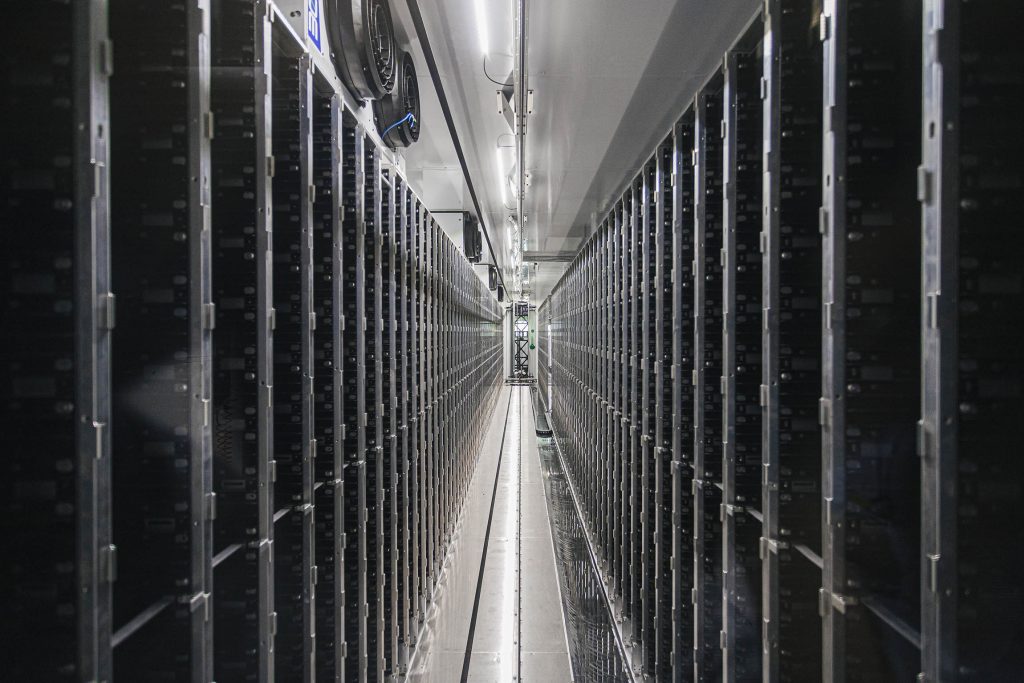
Biobank, as one of Thailand’s five National Science and Technology Infrastructure (NSTI) projects, is tasked with the long-term conservation of biomaterials, specimens, and biodata. For this mission, Biobank has implemented international standards and efficient processes supported by top-notch information technology. Although many biomaterials have had to be taken out of the natural environment, they have been preserved in controlled environments to prevent contamination. Biobank seeks to retain these specimens for a long time, compiling biomaterials and their complete scientific data and sharing them sustainably with industries and communities as the need arises.
Diverse Collection Methods
Dr. Sissades said Biobank actively collaborates with other government institutions working on conservation and biodiversity. Biobank provides specialized storage equipment, while the Department of National Parks, Wildlife and Plant Conservation, the Royal Forest Department, and the Ministry of Natural Resources and Environment are responsible for conserving deposited biomaterials in their original areas.
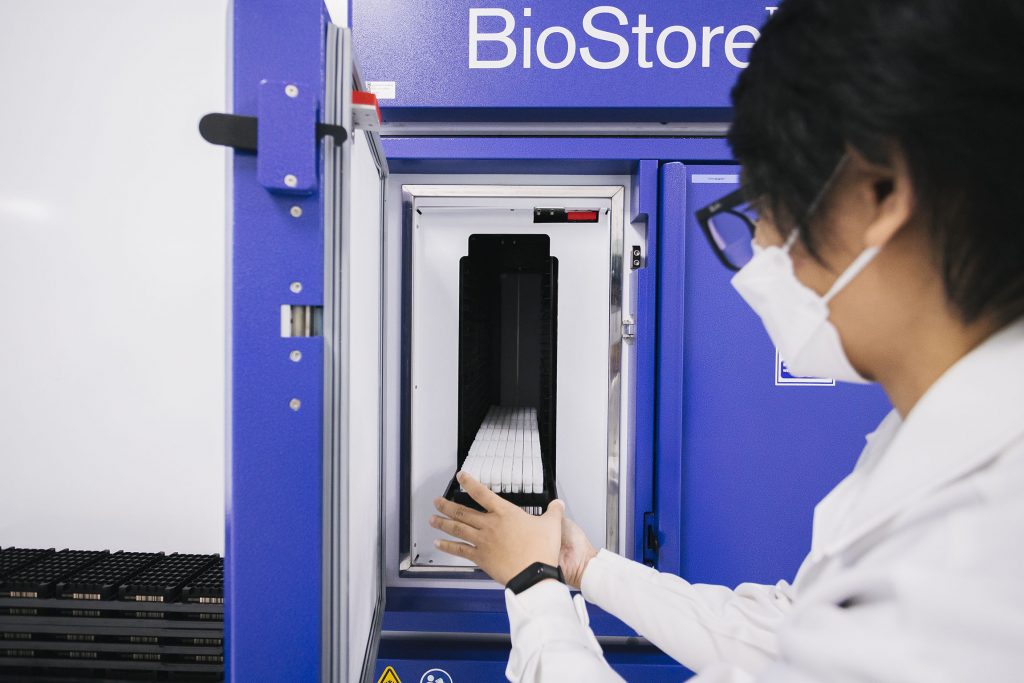
The collection of biomaterials can happen in many ways. Plants may be collected as seeds, tissue culture, embryo cryopreservation and even dried specimens. Microorganisms, meanwhile, may be stored at room temperature or sub-zero temperatures.
“There is no single method that works with all plants, animals and microorganisms. Large plants with significant amounts of protein and fat, for example, cannot be stored in a cold room for a long time because when frozen, their cells will disintegrate and their tissue will be damaged,” Mr. Sissades explained, “That’s why we have to use diverse and tailored collection methods.”
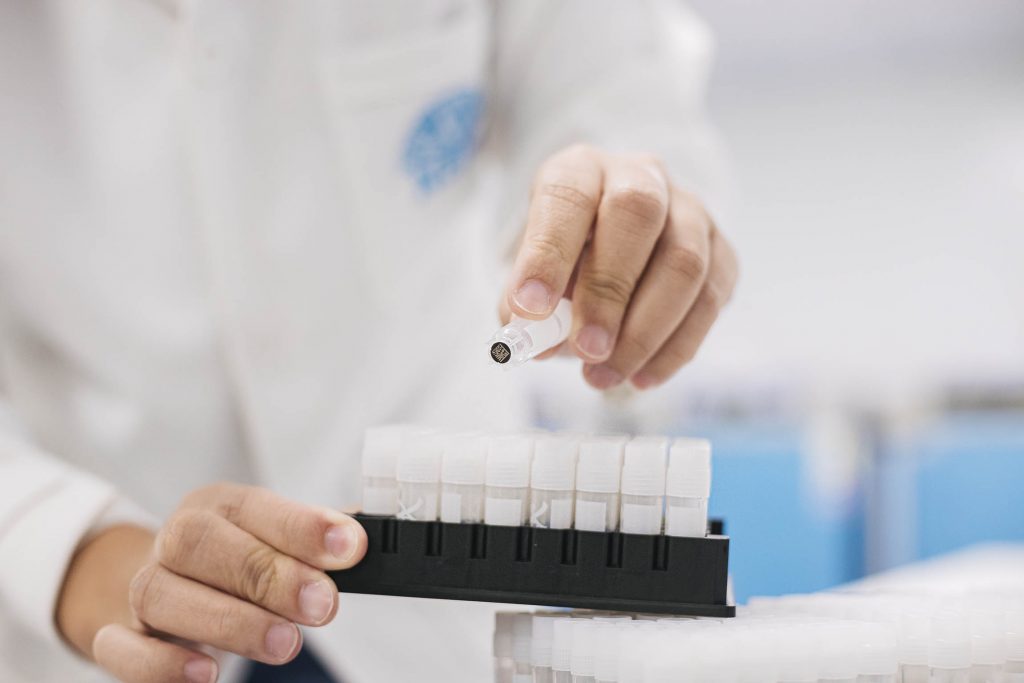
Storage for Enhanced Knowledge
Presently, Biobank has already stored specimens of more than 200 species and 2,000 of their subspecies. Specimens can be divided into two main categories: 1) plants from the Endangered List; and 2) plants from enhanced breeding methods, such as those being crossbred to acquire special characteristics – the latter group includes riceberry, drought-resistant rice, and salinity-resistant rice. The storage by Biobank aims to retain the original properties of each species or subspecies, allowing Thailand to maintain its biodiversity advantage in the future.
Partners interested in storing specimens must sign an agreement with Biobank. Under the agreement, specimens will not be withdrawn for use except in the event of a national need, such as for environmental-rehabilitation purposes. Once the agreement is signed, Biobank will check the origin and properties of the specimens and verify their genetic information before putting them in storage.
“As the country’s Biobank, we are the collector of Thailand’s treasures that will be used for sustainable benefits at the right time. We also serve as an important source of references and upgrades for national interests,” Mr. Sissades continued.
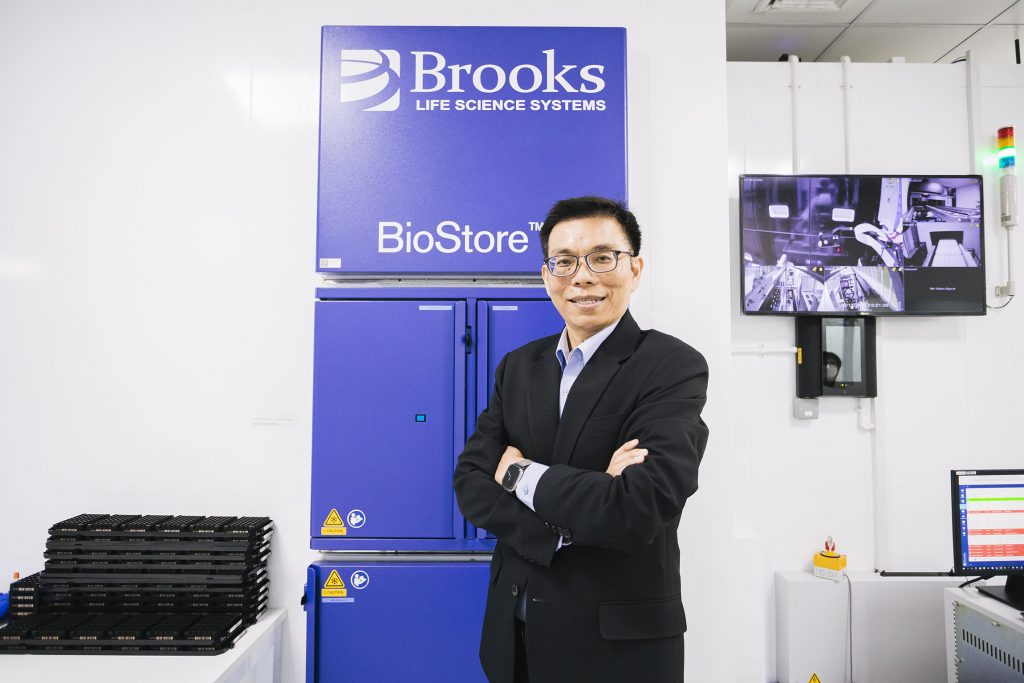
Biological Understanding is Key
Leveraging its biotech expertise and supporting Thailand’s key biological infrastructure, NSTDA has engaged BIOTEC in “Smart Farm Research Project: Case Study of Lingzhi Mushroom”. The project’s Phase 2 is now ongoing, with Thitiya Boonpratuang, leader of the Mushroom Research Team at Biobank, on board.
Lingzhi is a fungus. Some parts of its cells are like those of animals, but other parts share similarities with plants’ cells. According to prior research, Thailand has 14 Lingzhi species and 140 Lingzhi subspecies, each with different characteristics. In the same environment, some have much more fiber than others. Others, meanwhile, boast a larger cap, or are richer in important substances.
Ms. Thitiya explained that the productivity of plants and microorganisms depends on two key factors – genetics and environment. “Genes have crucial importance. They must be good. Environmental factors come next. If genes are bad, no matter how much we adjust the environment, our efforts will be fruitless,” she said.
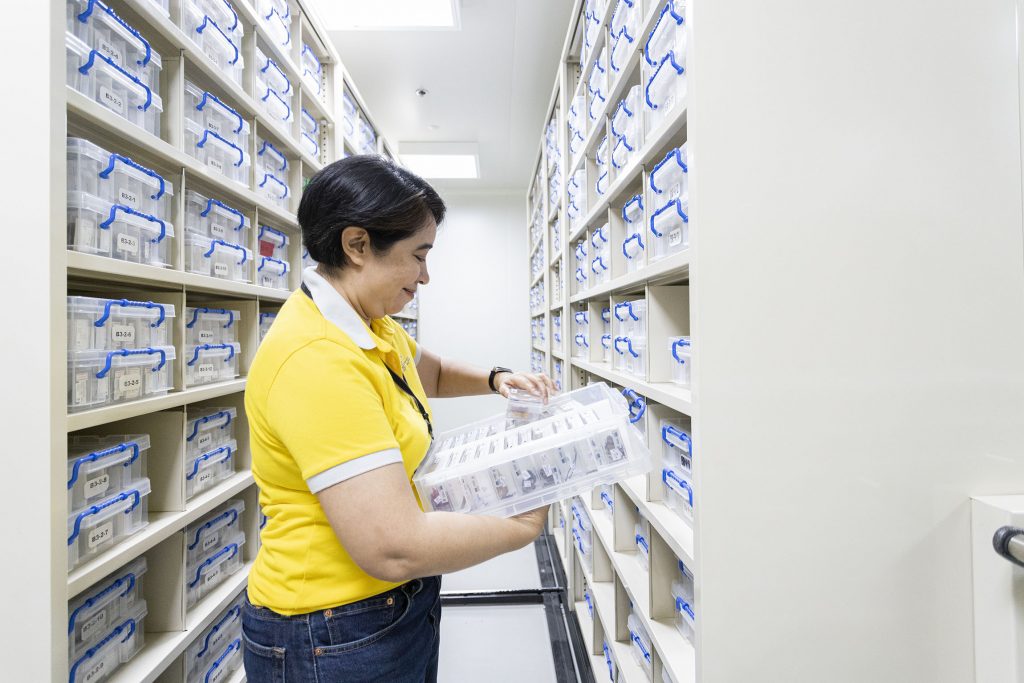
With niche experts on the team, the project will identify genes that deliver desirable results. Findings from the project will have a wider impact on general farm productivity.
“This project enables us to understand Lingzhi, paving the way for the appropriate selection of subspecies suitable for farmhouses,” Ms. Thitiya said.
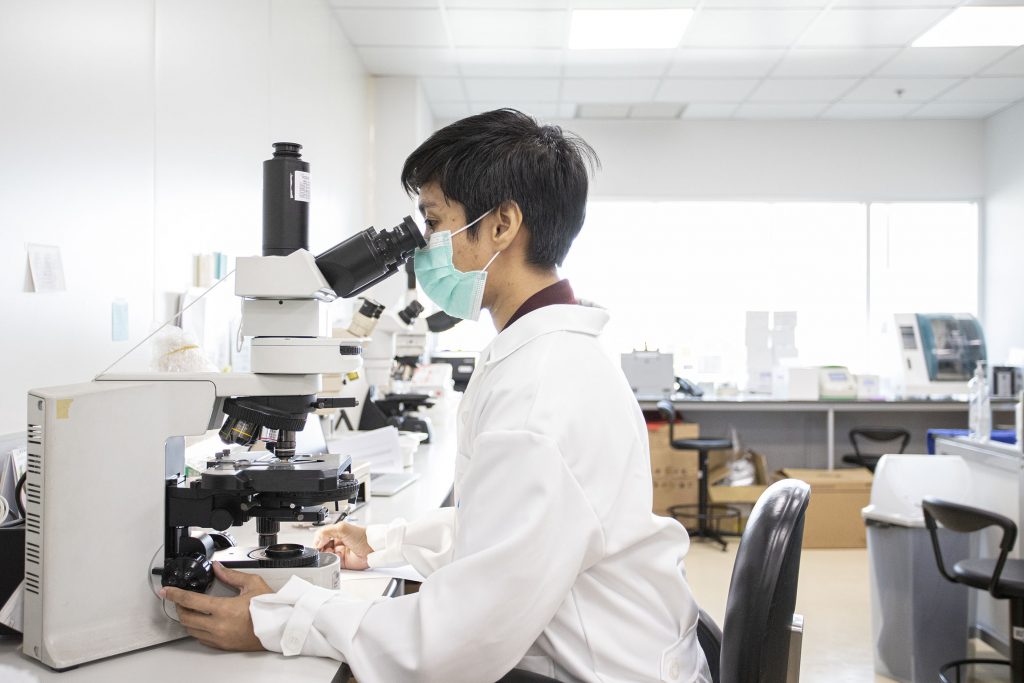
Mushroom: Material of the Future
Ms. Thitiya shared that many foreign countries have already been using biotechnology and research findings in the advanced development of novel food, including Myco-based food. And thanks to new tech solutions, plants can even be turned into construction materials. For instance, materials found in Lingzhi can be used to make bricks that are resistant to both fire and water. Because Lingzhi fiber has a similar chemical structure to chitin, found in the exoskeletons of insects, these mushrooms are waterproof, can suppress the growth of other microorganisms and, in many cases, can live for hundreds of years.
There are many other advantages to this research. Lingzhi is easier to grow than plants, and its cultivation cycle is relatively shorter. Because Lingzhi can multiply fast like microorganisms, production can be scaled up easily. When grown in different environments, Lingzhi cultivation provides yields with different characteristics. Such output means Lingzhi has enormous potential for the development of various products.
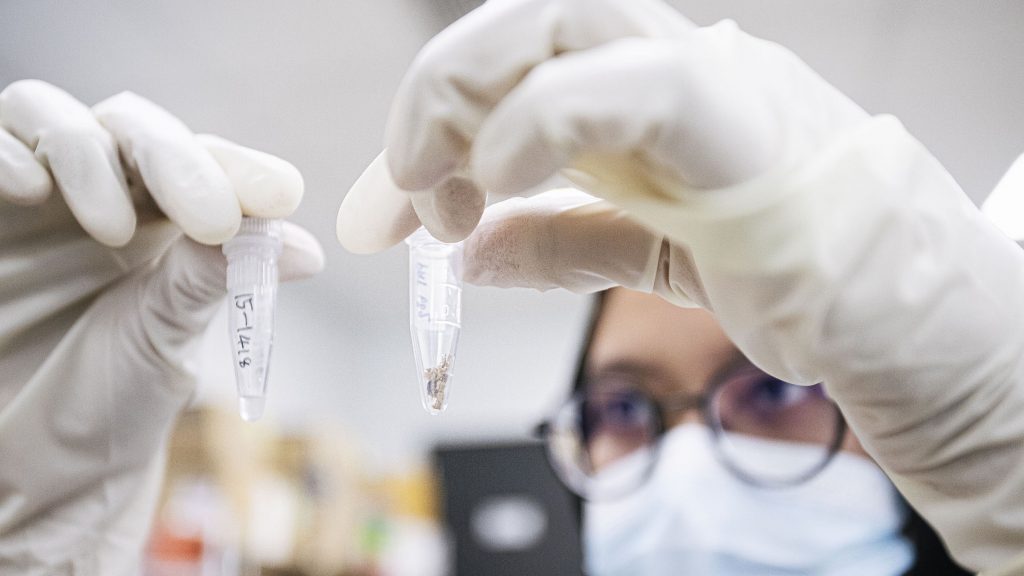
Today, mushrooms are already being used in many industries. In addition to mushroom-based watch straps and furniture, there are also mushroom-based air cushions, which can also yield edible mushrooms if given water.
“In the age of the bio-circular green economy, we should not consider mushrooms as just foods. Neither should we focus just on their medicinal properties. Importantly, we should understand the biology of mushrooms because that understanding will enable us to make the utmost use of their massive benefits for Thailand and the world,” Ms. Thitiya concluded.
